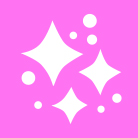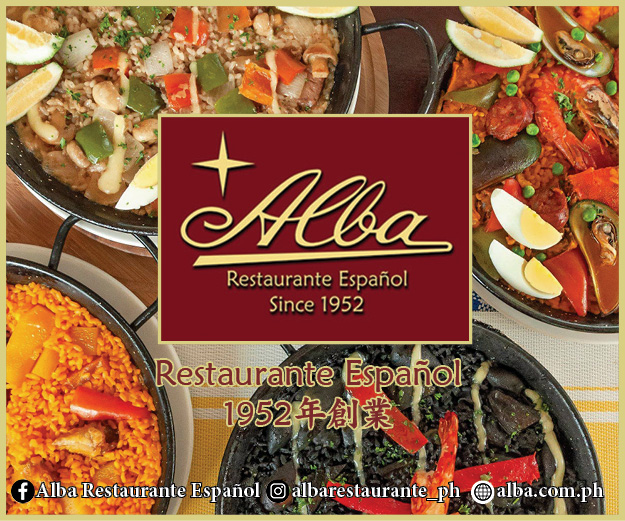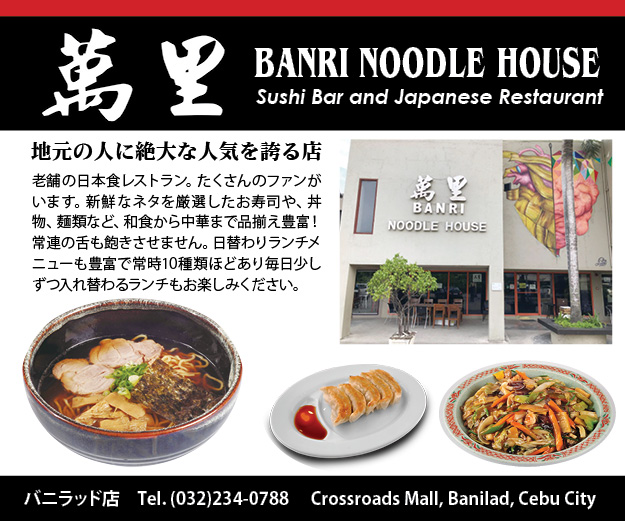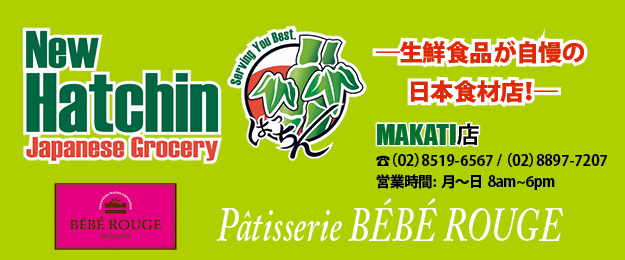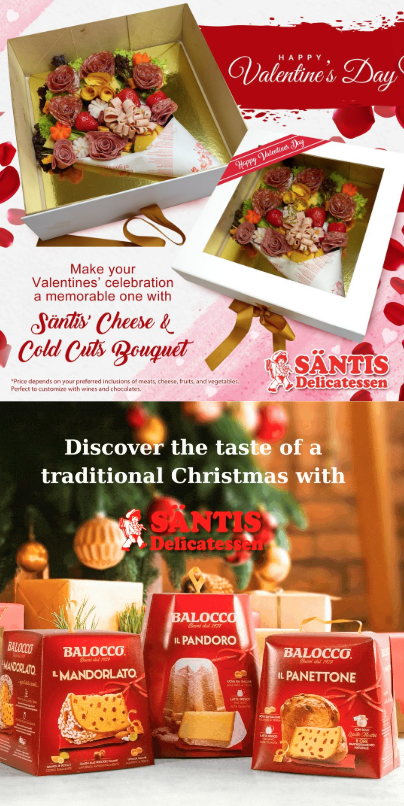漆黒の厨二病を経て、今やトロピカル
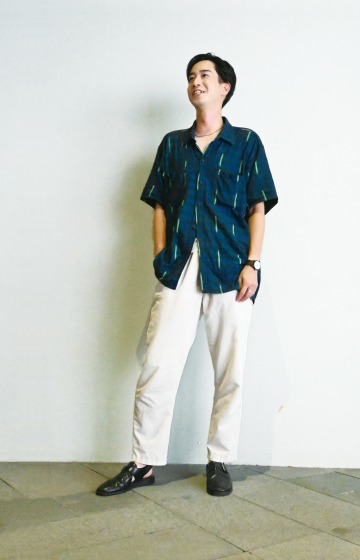
水野雄一朗さん
Yuichiro Mizuno
Hometown: Saitama, Japan
Age: 30
Occupation: Office Worker
Favorite Brands: I always struggle with answering this question because I can’t
think of any…
Top: Journal Standard
Bottoms: Zara
Watch: A.P.C. x Carhartt x TIMEX Collaboration model
Rings: Thrift shop in Yutenji, Tokyo
Necklace: Bought in Alabang (100 pesos)
Shoes: Paraboot
学生時代はコテコテの厨二病だったこともあり、長らく漆黒のファッションを追い求めていました。最近はようやく解放されつつあり、さまざまな色を取り入れるようにしてます。今日の南国の風を感じる独特な風合いのキューバシャツがその証拠といえるでしょう。フィリピンで服を買うときは専らZaraに行きがちです。また陰キャ×ヲタクで周りからナメられがちなため、リングなどは外敵からの防衛の意味を込めて着用しています。錆びた首輪は買い直します。
I was in the adolescence phase called “Chuuni” when I was a student in Japan so I always wore black. But now I am freed from the Chuuni spell and started wearing colors like today’s Cuban shirt. Zara is my place to go shopping in Manila. The rings that make me look stronger are important as I am an introvert and otaku who easily gets looked down on by others. I am planning to replace this rusty necklace with a new one.
Photo taken in Greenbelt, Makati
幸せな気分になれる服を着る。
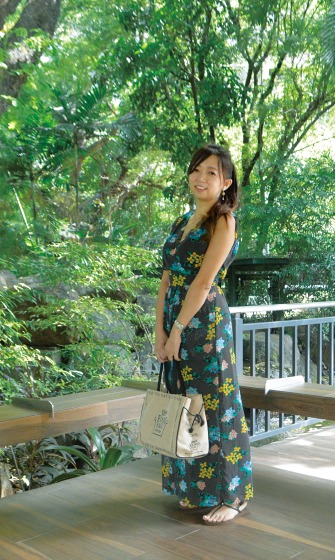
パハリリョ 一未さん
Kazumi Pajarillo
Hometown: Tokyo
Occupation: English Coach, Website Content Writer
Favorite Brands: Zara, Mango, Ralph Lauren, Ripndip, Puma
Top: Sly
Watch: Cartier
Ring: Manila Diamond Studio/Handmade (Wedding ring )
Earrings: Bought at Pop-up store in Japan
Bag: Bought in Grand•Food•Hall, Roppongi, Tokyo
Sandals: Bought in Thailand
今日の服はウエストが締まったデザインが気に入っています。日本では「もう◯歳だから」と先入観で服装を決める風潮がありますが、私は「似合うか」「着てハッピーになれるか」を基準にしています。ファッション好きの旦那に客観的な意見を聞くことも多いです。長くファッション業界で個性的な服装を楽しむ人たちと働いていたので、周りと被らない服、明るい色が好きです。マニラではMango、Zara、Uniqlo、マカティセントラルスクエアの古着屋、BGCアップタウンモールのセレクトショップで買います。
I like this outfit’s waist hugging design. When choosing clothes, I consider if the item suits me and if it makes me happy. I often ask my fashion-loving Filipino husband for his opinion. I used to work in the fashion industry in Japan, in which I enjoyed distinctive fashion in my own way with fashion-conscious colleagues. In Manila, I shop for clothing at Mango, Zara, Uniqlo, second–hand stores in Makati Central Square and Up Town Mall, BGC.
Photo taken in Washington Sycip Park, Makati


